Embracing the Void: How Edward Hopper and Zen Inspired Me
Written on
Chapter 1: The Hollow Feeling
Have you ever experienced that unsettling sensation of emptiness creeping in? It can feel like you're floating without a tether, a void that often appears after significant loss or during major life changes. This emptiness can leave you feeling like something essential is missing.
However, what if this vacant space isn’t something to fear? What if it represents a fertile opportunity filled with potential? I’ve learned to view these voids as crucial elements — not deficiencies to be repaired, but dynamic openings that enable us to evolve and thrive.
Artistic Insights
Art played a pivotal role in revealing to me the creative potential of emptiness. For many years, I focused solely on the “full” elements in artworks, unaware of the profound significance of the vacant spaces. Then I came across artists like Edward Hopper and the New York School painters, who utilized open spaces in their works with striking effect. The starkness of their canvases highlighted the loneliness and transient nature of life.
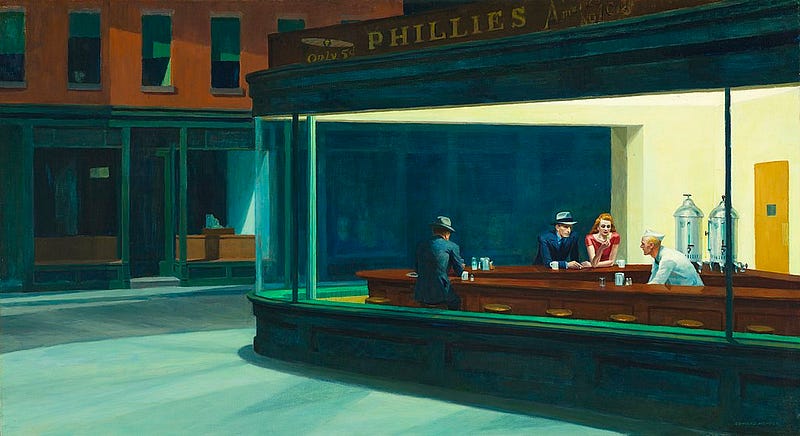
As I delved deeper into their creations, I began to wonder: Could that emptiness represent not just absence, but a source of deeper meaning? A vibrant void filled with untapped potential, waiting for us to explore within ourselves?
This revelation blossomed further as I studied Eastern philosophies that celebrate space, such as Zen painting and garden design. Concepts like "yohaku no bi" emphasize the elegance found in the emptiness surrounding objects, achieving a sense of transcendence through the interplay of solid forms and voids.

Experiencing these principles firsthand at ancient sites, I noticed how the majesty of sculpted trees was enhanced by the open, lively spaces around them. Each remarkable form sprang forth from, and eventually returned to, a vibrant sea of emptiness.
Realizing the Sacred Presence
I came to understand that these empty spaces weren’t merely inert backgrounds. They are charged fields of pure potential — the birthplace of all existence, waiting to be manifested. The emptiness itself serves as a Sacred Presence, imbued with a subtle, vibrant energy.
The stark voids in Hopper’s art and Zen calligraphy transformed in my perception. They became symbolic vessels overflowing with the primal essence of life itself.
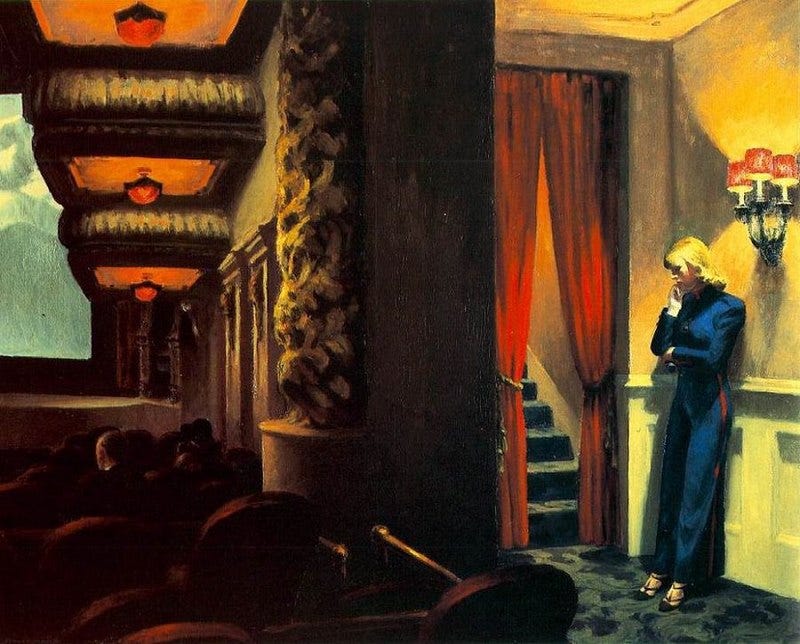
I began to recognize this reverence for emptiness across various cultures — from the quiet pauses in Japanese flower arrangements to the negative spaces in Renaissance chiaroscuro paintings, each filled with profound significance. This wisdom highlights how the spaces between notes in music create rhythm, just as the empty phases in our lives propel us forward.
The Womb of Creativity
Isn’t it true that from the womb of emptiness, our deepest desires and creative inspirations take shape? Whether confronting loss, boredom, or uncertainty, these voids serve as gestation chambers for our future selves.
Now, when I sense that hollowness approaching, I no longer shy away. Instead, I embrace it as a nurturing presence. I breathe into its spaciousness, feeling the potential swirling within. I let it cleanse me of limiting beliefs, preparing the ground for my boldest aspirations to take root.
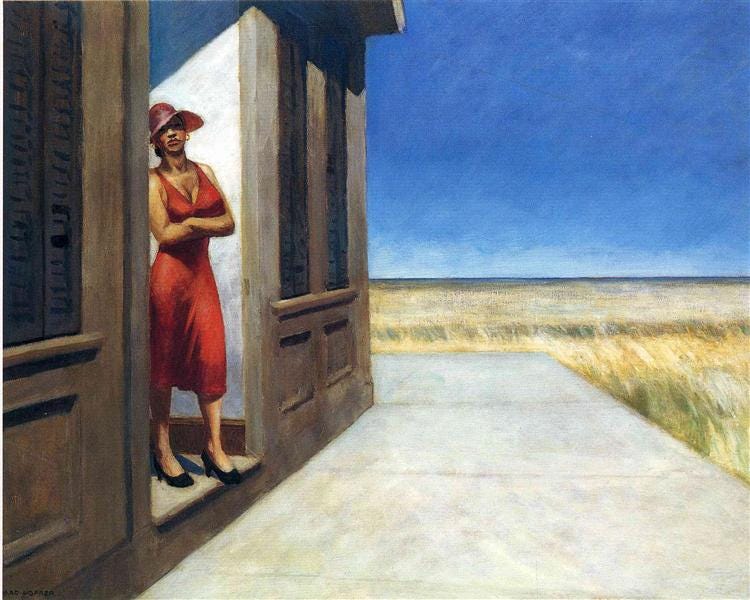
Here's the paradox: Fullness emerges from emptiness, much like flowers blooming from barren soil. The void acts as our co-creator, providing a cosmic womb for our most radiant selves to emerge.
When you feel that encroaching emptiness, resist the urge to escape it or drown it in constant activity. Instead, lean in and ask: “What beautiful transformation is forming here? What am I being invited to create from this fertile darkness?”
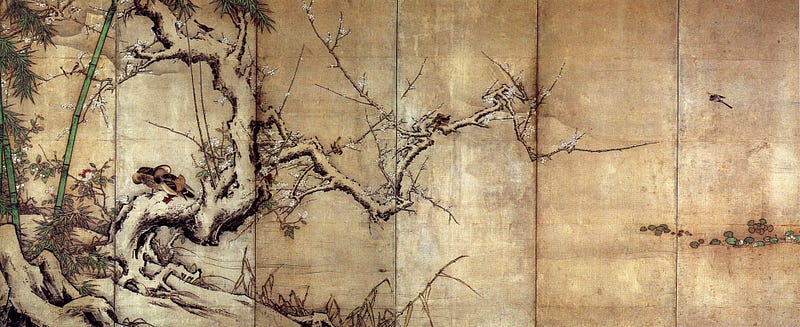
Awakening to New Growth
Watch with anticipation as the first delicate shoots begin to emerge — promising signs of the lush growth that awaits you. In that sacred emptiness, there is no absence — only presence gathering strength for its next vital revelation. What may seem like deprivation is simply cleared land, ready for the seeds of your most audacious dreams.
The void becomes an inviting embrace, encouraging you to fill its space with bold new ideas and possibilities. Those unsettling pauses are there to prepare you for another cycle of renewal and blossoming awareness.
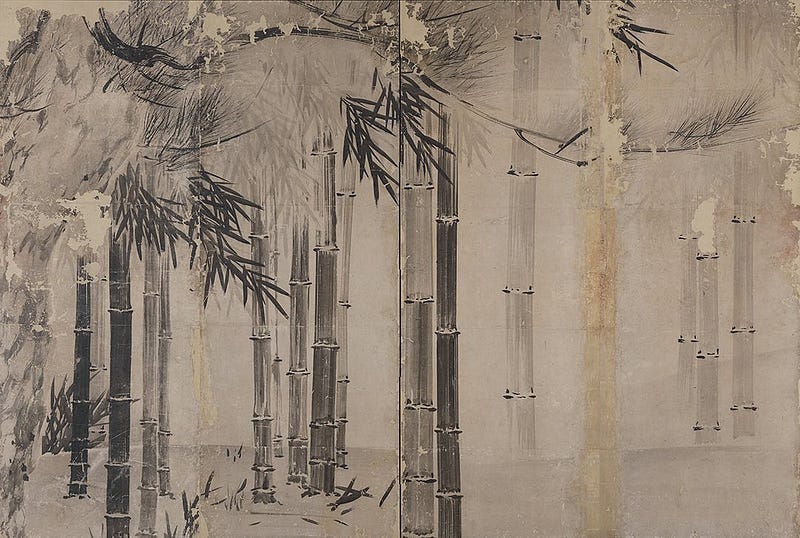
So what comes next?
Just as nature requires the raw beauty of winter, we too must occasionally surrender to the fertile minimalism of the void, embracing the inhale-exhale rhythm that fuels creation. Those who tread this path understand that the formless void is not a desolate wasteland, but the womb of every universe waiting to be birthed into reality.
Within this sacred opening, all potential forms await the spark of human creativity and bravery to reveal their beauty. So, when the void beckons with its apparent nothingness, don’t retreat. Open your heart and soul, inviting it to realign the very structures of your existence. Through such radical acts of rebirth, we become conscious co-creators in this ever-evolving masterpiece we call the cosmos.
What are your thoughts on my reflections?
Feel free to leave a comment or visit my BuyMeACoffee page. Thank you for reading!